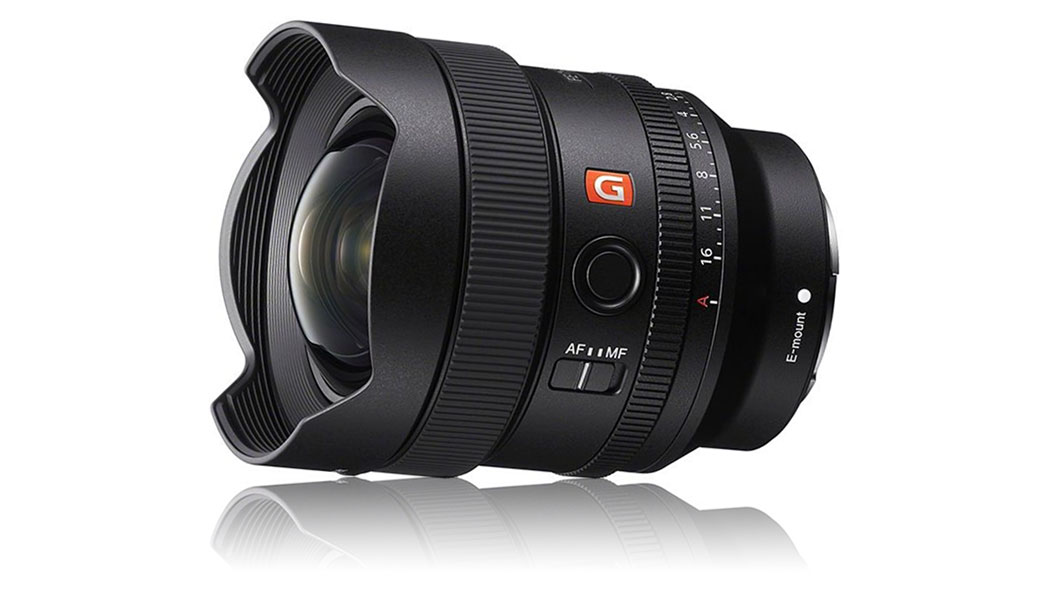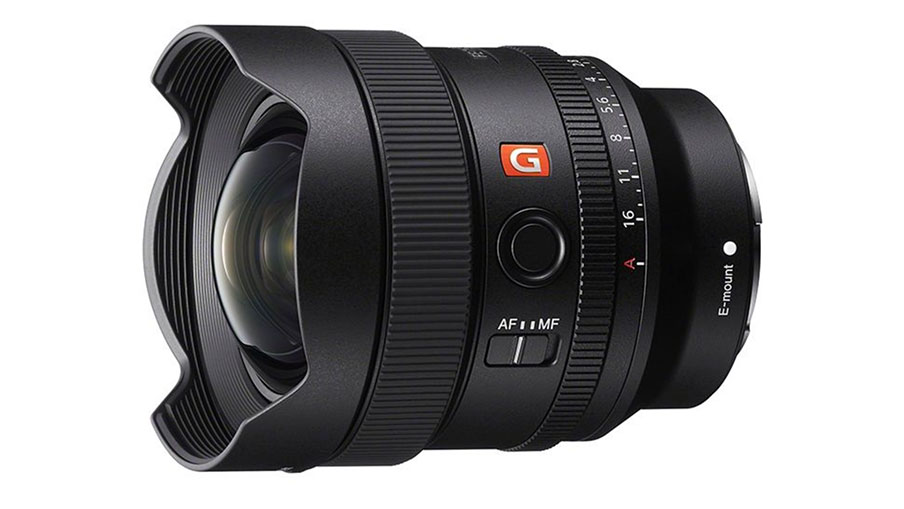Sony FE 14mm F1.8 GM: Sony launches ANOTHER fast full frame prime lens
The Sony FE 14mm F1.8 GM is Sony’s widest prime lens yet and could be perfect for architecture, travel and astrophotography

The Sony FE 14mm F1.8 GM is one of the company’s premium ‘G Master’ lenses, using its special XA high-precision lens manufacture technology to deliver the best possible image quality.
The only Sony lenses wider than this are the FE 12-24mm F2/8 G Master and older, non G Master FE 12-24mm F4 zooms. This is the widest Sony prime lens yet.
It’s not the only 14mm f/1.8 lens on the market, as Sigma fans will point out, but the Sony lens is designed to be smaller, lighter and the best available, all at the same time. It’s the 14th G Master lens Sony has made, and brings the total number of Sony full frame lenses up to 44.
Sony FE 14mm F1.8 GM key features
The size and weight are key to Sony’s design for this lens. Measuring 83x99.8mm and weighing just 460g, Sony claims it’s almost one-third the weight of its nearest rival and 35% shorter. Indeed, Sony’s figures suggest it’s a similar weight to competing 14mm f/2.8 lenses, while being more than one f-stop faster.
Watch the Sony FE 14mm F1.8 G Master promotional video below:
Sony’s aim was to design a compact and lightweight lens but with no compromises, and inside the FE 14mm F1.8 GM are 14 lens elements in 11 groups, with two XA lens elements to minimise astigmatism, coma, distortion and field curvature right out to the edges of the frame, and one ED and one Super ED element to suppress chromatic aberration.
Sony is keen to highlight this lens’s control of ‘sagittal flare’, an aberration that can cause unnatural elongation of point light sources such as stars. This will be especially important for astrophotography fans.
The best camera deals, reviews, product advice, and unmissable photography news, direct to your inbox!
The lens uses an internal focus mechanism, moving a focus group within the lens with two high-thrust XD Linear motors to provide speed, precision and quiet operation. The FE 14mm F1.8 GM is designed for videography as well as stills photography, and to that end it has an external aperture ring and a ‘declick’ switch for silent iris adjustment while filming. This is in addition to Sony’s usual customisable Focus Hold button.
The FE 14mm F1.8 GM is constructed using metal and ‘engineering plastic’ – presumably to keep the weight down – and is sealed against dust and moisture. It also has a fluorine-coated front element to repel moisture and oil. It comes with an integrated lens hood, so it’s not set up for front-mounted filters, but it does have a rear filter slot and comes with a filter template.
Sony FE 14mm F1.8 G Master price and availability
The Sony FE 14mm F1.8 G Master might look like just another specialised and pricey G Master, but looks can be deceiving. If you want an f/1.8 full frame 14mm prime, the choice boils down to just this and the Sigma. That f/1.8 aperture might sound a luxury for most types of photography, but for astrophotography it could be crucial. Not only that, if Sony’s claims about sagittal flare correction and overall optical performance are borne out in testing, this lens could become a no-brainer for Sony shooters.
What’s most remarkable is the size and the price. At a fraction of the size of its main rival, the Sony FE 14mm F1.8 G Master will go on sale in late May at a very similar price of around $1,600 / £1,400 / AU$2,299 and with all the advantages of Sony’s G Master lens tech, dual Linear AF motors and a declickable aperture ring.
• Pre-order the Sony FE 14mm F1.8 G Master at B&H (US)
• Pre-order the Sony FE 14mm F1.8 G Master at Park Cameras (UK)
Read more:
• Best Sony lenses
• Best lenses for astrophotography
• Best wide-angle lenses
• Sony FE 20mm F1.8 review
• Sony FE 12-24mm F2.8 review
• Sony's Instagram-friendly app offers 'instant' phone image transfers
• Now you can use Sony E lenses on a Nikon Z

Rod is an independent photography journalist and editor, and a long-standing Digital Camera World contributor, having previously worked as DCW's Group Reviews editor. Before that he has been technique editor on N-Photo, Head of Testing for the photography division and Camera Channel editor on TechRadar, as well as contributing to many other publications. He has been writing about photography technique, photo editing and digital cameras since they first appeared, and before that began his career writing about film photography. He has used and reviewed practically every interchangeable lens camera launched in the past 20 years, from entry-level DSLRs to medium format cameras, together with lenses, tripods, gimbals, light meters, camera bags and more. Rod has his own camera gear blog at fotovolo.com but also writes about photo-editing applications and techniques at lifeafterphotoshop.com



